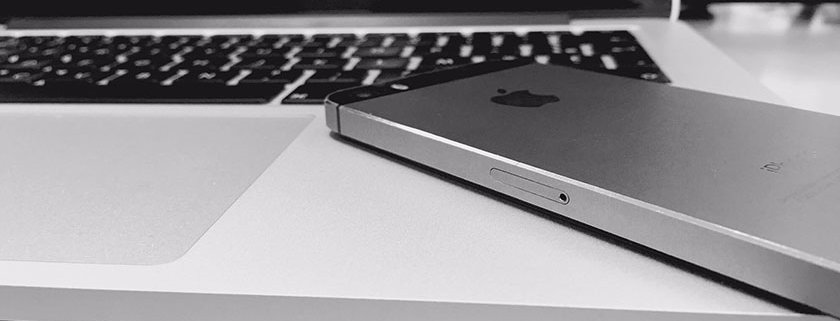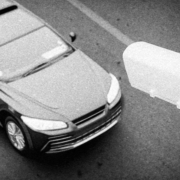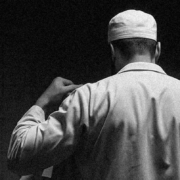Evidence in the Digital Age: The Legally Secure Use of Screenshots as Evidence
Stay one step ahead of your competition and let us document competitive, trademark-related or similar infringements, insults or online bullying as compelling evidence.
The increasing digitalization poses new challenges to evidence gathering. Despite the indispensable and unstoppable expansion of online presence, digital evidence remains a controversial and inconsistent field. Whether it concerns unfair competitive behavior or trademark violations, securely archiving the decisive moment is still a challenge. Of course, nowadays almost everyone knows how to take a screenshot.
Yet the screenshot as evidence harbors its pitfalls. Some know all too well how to manipulate them – be it altering the date and time stamp or even the content of the screenshot. The probative value of a screenshot is subject to the judge’s free assessment of evidence, which requires a comprehensive acknowledgment of the presented facts, the submitted and collected evidence, and the overall proceedings.
In court, the screenshot is a common and admissible piece of evidence that is examined by the judge. According to Section 371 Paragraph 1 Sentence 2 of the Code of Civil Procedure (ZPO), evidence is introduced by submitting or transferring the file when a digital document is the subject of evidence. Other electronic data, provided they are equipped with a qualified electronic signature, can be treated like private documents. A screenshot in paper form only holds the status of an object of visual inspection in evidentiary terms.
Since this possibility is not available for screenshots, it is up to the judge to decide the weight to be given to this visual evidence under the free assessment of evidence in accordance with Section 286 ZPO. A proceeding based on such evidence, however, is fraught with considerable risks. In most cases, the “ordinary screenshot” is not granted legal certainty and thus no probative value due to its lack of forgery resistance.
Nevertheless, there are atypical cases. Recently, we encountered a case where the judge, in the context of a temporary injunction and a penalty request, admitted a simple screenshot as the sole piece of evidence. On what foundation this judicial decision was built remains unclear, especially since no additional expert was consulted. In the absence of an impartial evaluation, a ruling was issued in favor of a simple screenshot and against the expert assessment. This led to an undisputed penalty payment of considerable magnitude. A fair appeal against this decision does not exist. One has to ask oneself how a decision based on evidence not recognized as legally secure can be final.
This is, mind you, the exception.
To make the evidentiary value of a screenshot nearly indisputable, you should prepare them properly! The risk of an unsuccessful legal battle is significant, which is why it is essential to secure evidence meticulously. After all, in the event of failure, you bear the costs of the proceedings. If you win the legal battle, the losing party must cover these costs or, alternatively, the expenses are reimbursed as part of damages.
Our method of digital evidence preservation includes saving the screenshot on a secure server as well as creating additional copies. This is followed by comprehensive documentation of the used medium and the exclusion of so-called cache contents that might be outdated. In doing so, the time and place of the screenshot as well as its immutability are documented in detail and archived with an expert report for potential legal disputes.
The first step – Secure the evidence in a legally binding manner!
Sources for this article: Federal Court of Justice, ruling of March 5, 2014 – I ZR 127/12; Saarland Higher Regional Court, ruling of May 12, 2020 – 5 U 100/19; Code of Civil Procedure (ZPO), latest version.







